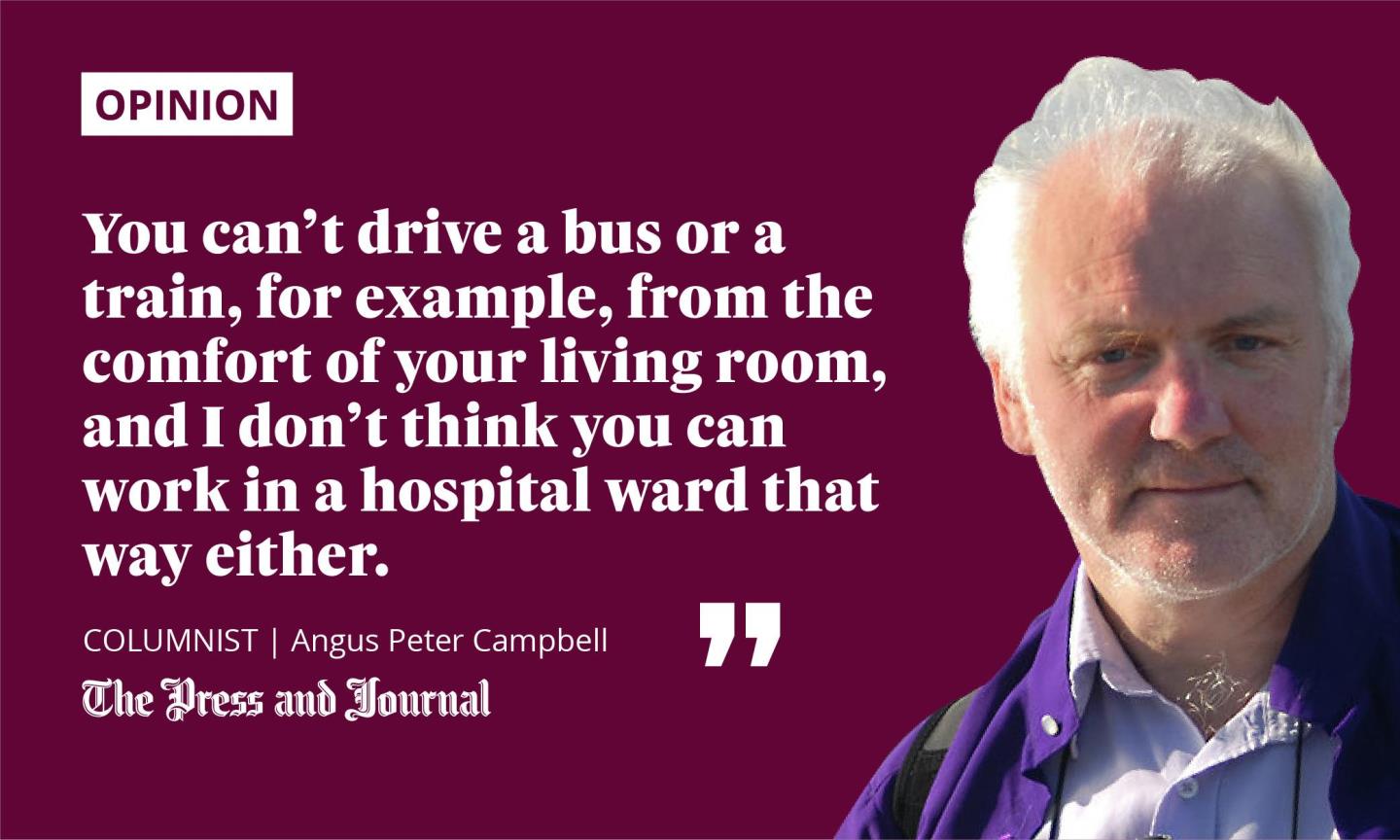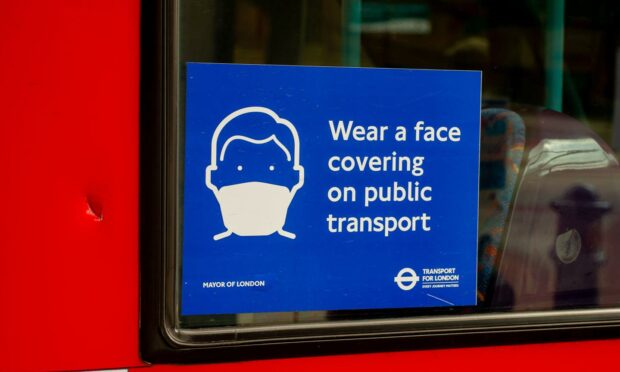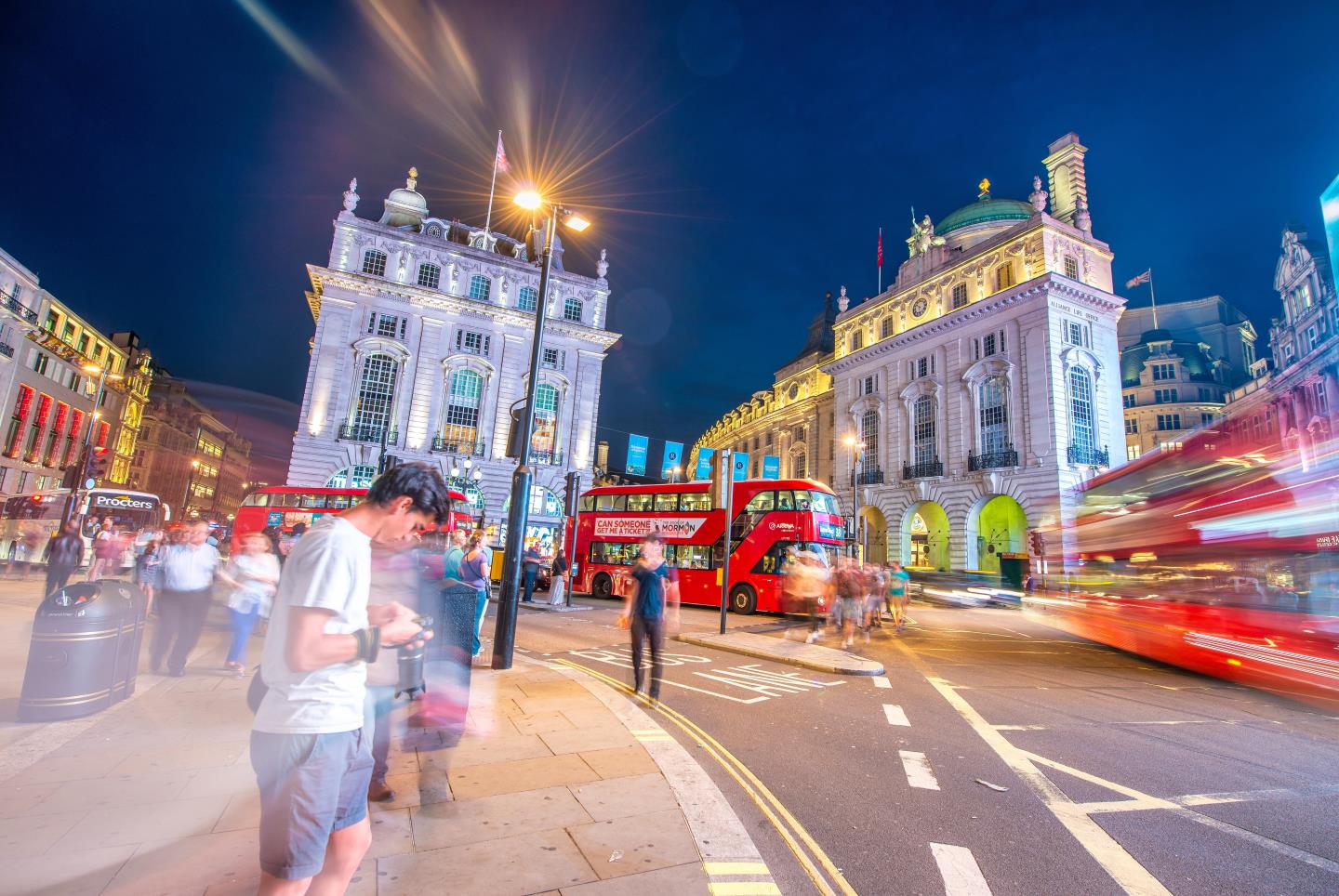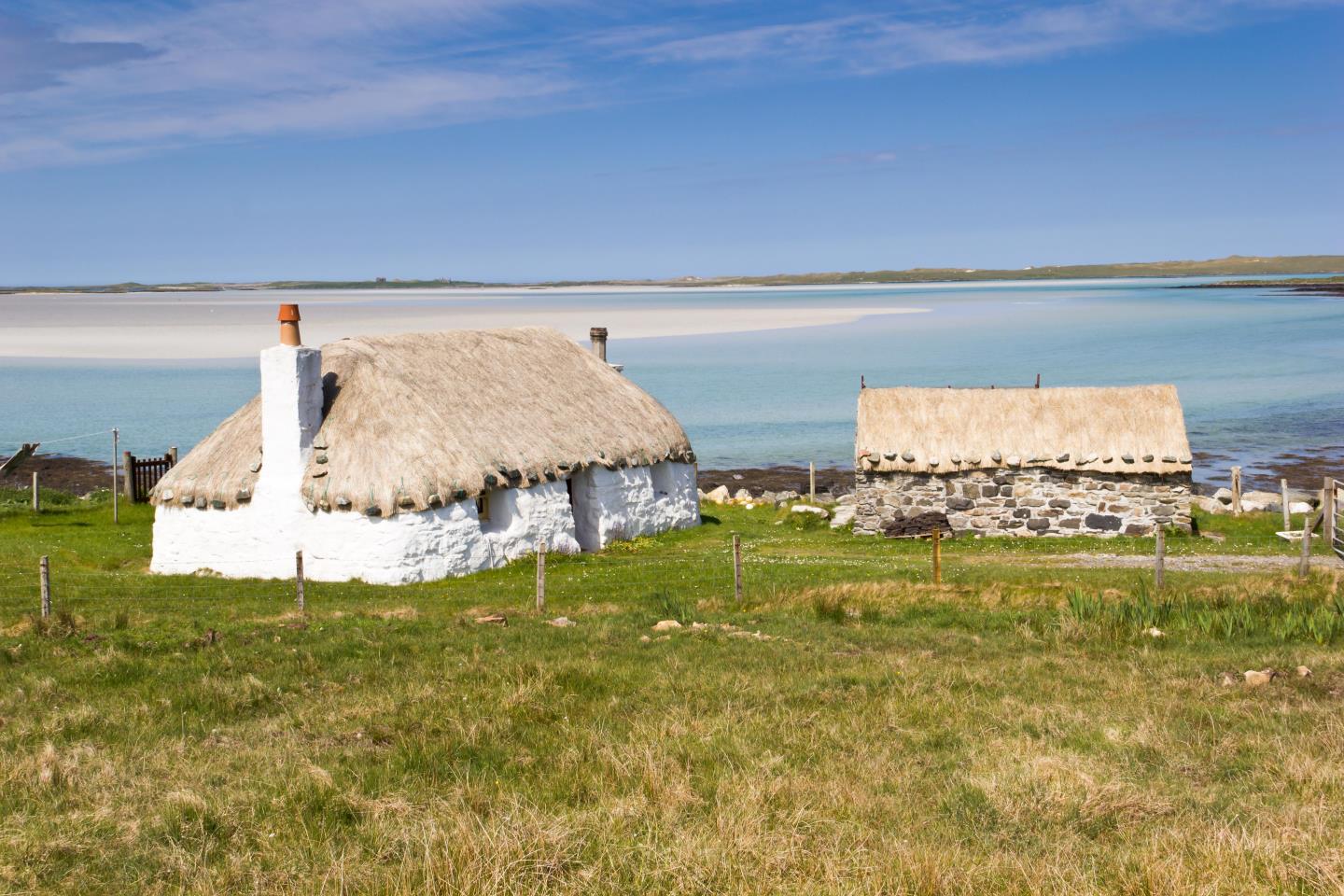I had to go to London for five days (acting work) a couple of weeks ago, and that was some change after almost two years secluded in the midst of the bonny hills and lochs of Wester Ross.
Here, if you see someone coming towards you, you can wave hallo and cross over to the next glen, whereas at Euston it was impossible not to bump into people.
And then I had a choice on the Saturday, when I had to travel out for costume fitting to the wonderfully named district of Scrubs Lane.

They told me a taxi was too expensive, so I had a choice between the bus and the tube. And because the bus left from outside where I was staying, I chose that. Now, that was a mistake.
It was fine as we travelled through central London, but as soon as we got to the outer districts, scores of people piled on to the bus, sitting and standing chock-a-block next to each other.
Poor and disadvantaged had no choice but to work through the pandemic
The important thing to note is that they (we) had no choice. It was obvious that the further we travelled into evidently poorer areas, the more people piled on to the bus. Travelling to work, or to hospitals or for shopping or whatever necessary business left them on public transport, as my business left me in that awkward Covid-alert situation.
I was double masked, and thankful for it. Most others were too.
Sixty London bus drivers died from Covid while the middle classes worked from their home computers
It was a sharp reminder of the very different worlds we all inhabit, even on this small planet. Not just that London is bigger than Lochboisdale, but that there are wholly different worlds within London itself.
After I came back, alive and well, from Scrubs Lane, I noticed the taxis in central London, where folk who could afford them sat safely isolated and masked in the back with the windows open and screened from the driver. We had no such choice or luxury on the crowded bus.
It’s no surprise that it is the poor and the disadvantaged who have suffered most in the Covid crisis. Those who had no choice but to work through the pandemic, without the option of working from home.
You can’t drive a bus or a train, for example, from the comfort of your living room, and I don’t think you can work in a hospital ward that way either. Sixty London bus drivers died from Covid while the middle classes worked from their home computers.
The more we rely on technology, the less we need to know
The other thing I realised about London was that everyone was lost. Or, at least, I was, and whenever I asked anyone directions, they looked at me as if I’d just arrived from the moon and then said: “Don’t you have a phone?”
Well, I do, but I mostly use it for phoning people. Except it has a maps app, apparently, which will give you directions from Uist, let’s say, to Uzbekistan, for example. I’ve just typed that into Google Maps, and it tells me the distance is 4,488.6 miles and that the journey will take me 86 hours by car (via the M1). Or 1,215 hours, if I walk.
Of course I know how my phone map works, except it wasn’t always accurate when I was in London. Maybe because I have a Gàidhlig app, so that when I typed in “Scrubs Lane” it appeared as Caolshràid Sgùraidh and it advised me to get a ferry via Holyhead to Dublin, and from there west to Connemara.
The thing is, whenever I asked folk: “Oh, am I on the right way to Regent’s Park?” they didn’t know, and checked their own phones to guide me. I realise that London is big and that not everyone is likely to know the individual street and lanes as we do here in Achnasheen, but it made me think about the way in which our orientation is now almost inevitably technological rather than personal or indigenous or local.
Of course, there will be loads of folk in London who still retain that precious local knowledge. Who will know the history and geography and the characters of Scrubs Lane, as I do of my own wee patch here. But, I suppose, the more we rely on the machine to do that work for us, the less need we have to know ourselves.
We all use search engines, though I’ve learned to be cautious and careful with them. They might tell facts or fake facts, just as Archie down the road might, who once told me that the streets of London were paved with gold. And maybe they are. For some.
Angus Peter Campbell is an award-winning writer and actor from Uist












